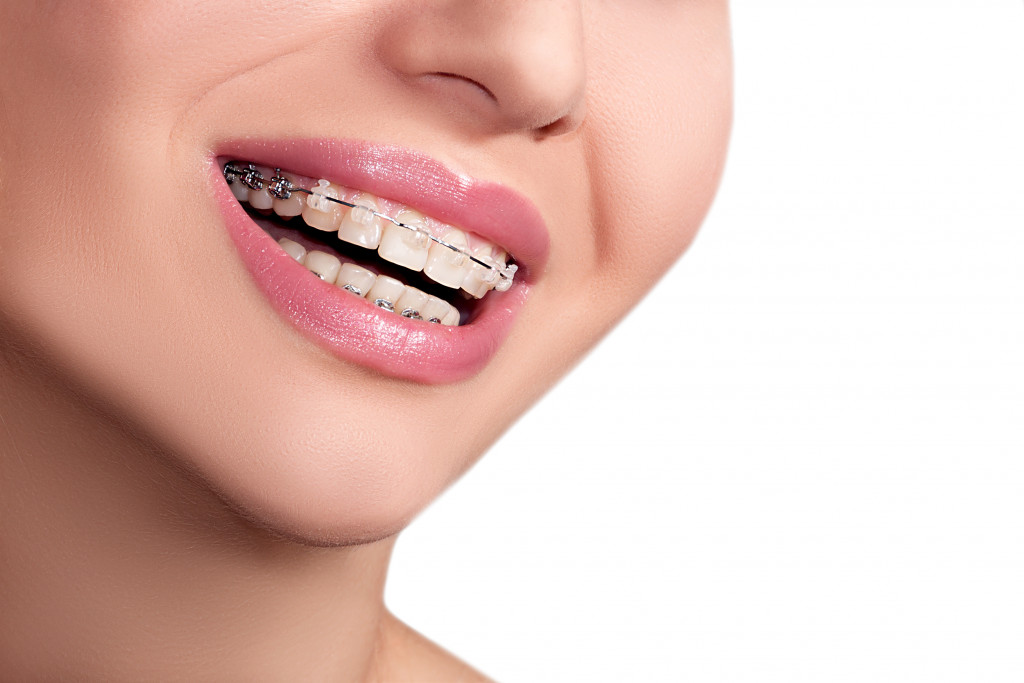Orthodontics is the dental specialty that corrects teeth and jaws positioned improperly. Dental professionals can do it by using braces, retainers, and other devices. Orthodontists often use various types of technology to help them in their work. This article will look at some of the most common technologies used in orthodontics.
1. Dental X-rays
One of the most common technologies used in orthodontics is dental X-rays. These help to show the orthodontist the position of teeth and jaws and any potential problems that may be present. Dentists can also use them to create a treatment plan custom-tailored to the individual patient. Modern dental X-rays are very safe and produce very little radiation exposure. It uses a much lower dose of radiation than traditional film-based X-rays.
2. 3D Imaging
Three-dimensional imaging is another common technique used in orthodontics. This type of imaging can provide a more accurate representation of the teeth and jaws than traditional two-dimensional X-rays. It can be used to create custom treatment plans and monitor treatment progress. 3D imaging is also becoming increasingly popular for use in Invisalign treatment, a transparent aligner system that straightens teeth without using brackets or wires.
3. Digital scanners
Digital scanners are another type of technology that is commonly used in orthodontics. They are used to create digital models of the teeth and jaws. From these models, the orthodontist can create a treatment plan tailored to the individual patient. Some orthodontists also use digital scanners to create custom-fitted mouthguards and retainers, allowing for a more comfortable and practical fit.
4. Laser technology
Laser technology is sometimes used in orthodontics to help place brackets and wires. They can also use it to help remove excess gum tissue. Laser technology is safe and effective, and it can help speed up the orthodontic treatment process.
Aside from its use in orthodontics, laser technology is also becoming increasingly popular in dental surgery and other dental procedures. It is a versatile tool that dental professionals can use for various purposes, such as teeth whitening and the removal of cavities.

5. CAD/CAM technology
CAD/CAM (computer-aided design/computer-aided manufacturing) technology is another type of technology that is often used in orthodontics. It can be used to create custom braces, retainers, and other orthodontic appliances. CAD/CAM technology is also used to create digital models of the teeth and jaws. These models can be used to plan treatment and monitor the progress of treatment.
6. Cone-beam computed tomography (CBCT)
Cone-beam computed tomography (CBCT) is a type of 3D imaging used in orthodontics. It produces detailed images of the teeth, jaws, and surrounding structures. CBCT can be used to diagnose problems, plan treatment, and monitor treatment progress. Some orthodontists also use CBCT to help people with obstructive sleep apnea create custom-fitted mouthguards.
7. Robotics
Robotics is a relatively new technology that is being used in orthodontics. It is mainly used for the placement of braces and wires. Robotics is a very accurate technology that can help to speed up the orthodontic treatment process. While robotics is not yet widely used in orthodontics, it is a promising new technology that may become more common in the future.
8. Virtual reality technology
Virtual reality (VR) is helping to change the way that orthodontic treatment is planned and carried out. Dentists can use VR to create a virtual model of the teeth and jaws. This model can be used to plan treatment, monitor treatment progress, and even provide patients with a preview of their new smile. VR is a very immersive experience that can help to make orthodontic treatment more efficient and effective.
9. 3D printing
Alongside virtual reality technology, 3D printing can also be used to create models of the teeth and jaws. These models can be used for various purposes, such as treatment planning and the creation of custom-fitted appliances. When orthodontists use 3D printing, they can create more comfortable and effective appliances for the patient. They use less material, and they can be made in any color.
3D printing is also becoming increasingly popular for use in dental surgery and other dental procedures.
10. Intraoral cameras
An intraoral camera is a small camera used to take pictures or videos of the inside of the mouth. Intraoral cameras are often used in orthodontics to help the orthodontist plan the best solution for the patient. They can also be used to monitor treatment progress and check for any problems that may arise.
Intraoral cameras are becoming increasingly popular, and they are becoming more affordable, meaning that more orthodontists are using them to help plan treatment and monitor the progress of treatment.
Orthodontic treatment can be a long and complex process, but technology can help to make it more efficient and effective. These are just some of the ways that technology is being used in orthodontics. As new technologies are developed, they are likely to be adopted by orthodontists and used to improve patients’ quality of care.


